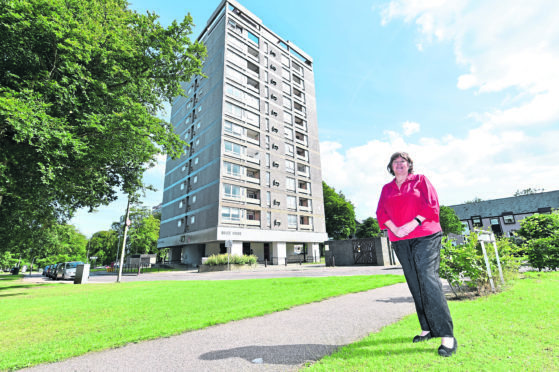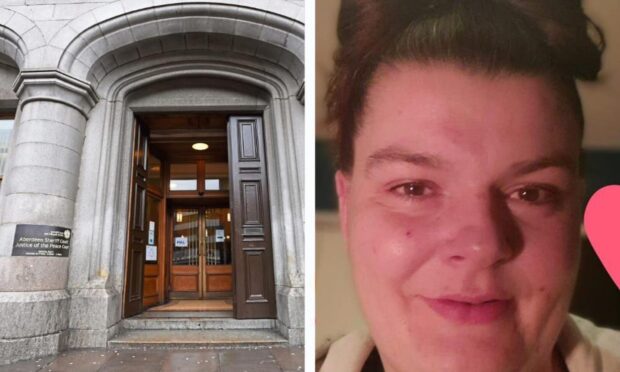Aberdeen councillors will next week outline their plan for eradicating homeless in the city within just five years.
The ambitious effort will see it follow in the footsteps of the likes of East Renfrewshire and Midlothian councils who have pioneered what is now the national strategy.
The Rapid Rehousing Transition Plan (RRTP) aims to fulfil the Scottish Government’s aspiration of making sure all people have homes by 2024.
>> Keep up to date with the latest news with The P&J newsletter
Under the plan, anyone who is identified as homeless people would be moved more swiftly into permanent accommodation.
The council also hopes to save money in the long-term by keeping people out of expensive temporary accommodation like bed and breakfasts.
Last May, the Press and Journal revealed Aberdeen City Council was paying out more than £23,000 a day to put residents up in temporary accommodation.
The figures showed that over the previous three years, the authority had spent almost £26 million placing homeless people, or those at risk of homelessness, in accommodation including hostels, B&Bs and hotels.
In 2017-18, a total of 1,541 people required re-homing, including 38 who were evacuated from a block of flats following a boiler fire.
That marked an increase of 20% on the 1,266 relocated by the council in 2015-16.
City council housing spokeswoman Sandra Macdonald said the roll-out of the Universal Credit system had added to the problems caused by the oil and gas downturn.
She said: “The plan is certainly ambitious but it’s important to say that this is just one strand. There will be many, including building a lot more affordable housing.
“Everyone should be able to have a decent place to stay at night.”
Scottish government housing minister Kevin Stewart said: “Through the homelessness and rough sleeping action group, we have asked local authorities and their partners to transition to a rapid rehousing approach, which will see those experiencing homelessness placed in long-term and settled accommodation quickly.
“It is a key aim of our plan to end rough sleeping and homelessness.
“Everyone needs a safe, warm place to call home and it is our priority to get a person into settled accommodation first, so they can then access support from the security of their own home.
“I look forwards to continuing to work with local authorities, including in Aberdeen, to end homelessness once and for all.”
Homelessness in Aberdeen ‘depressingly commonplace’
The sight of people begging on Aberdeen’s streets is depressingly commonplace.
Opinions have long been split on the issue- with some raising concerns that not all beggars are legitimately homeless.
In 2013, a controversial bylaw was approved by the council which would have banned all street begging.
Beggars would have been fined up to £500 if caught “causing annoyance” in the designated areas.
The local authority formally submitted its application for the bylaw to the Scottish Government – but Holyrood rejected the scheme the following year.
Then city finance convener Willie Young called it “a sad day for local democracy” and accused the government of being politically motivated.
Local MSPs and homeless charities disagreed with Mr Young, branding the idea “Dickensian”.
Since the oil and gas downturn, there has been an increase in people applying for temporary accommodation after losing their homes.
The council has ambitious housebuilding plans to help tackle the problem, however, with a £250 million plan to build a housing scheme and proposals to build 2,000 new homes in five year.
Potentially buying back former council houses is also been investigated, with the authority saying they will look at applications to sell back homes on a case-by-case basis.










